In the wide world of jazz, few subgenres are likely as unfairly judged as smooth jazz. Many view the smooth jazz genre as nothing more than background music or even refer to it by the somewhat derogatory term “elevator music.” As a result, many people overlook the exceptional beauty of the sound, as well as the talent of many of the smooth jazz musicians.
Fortunately, jazz fans, by taking a closer look at smooth jazz, most people can see its merits, making it easier to appreciate. If you’re unfamiliar with this jazz subgenre, here’s what you need to know about the smooth jazz genre.
What Is Smooth Jazz?
Smooth jazz is a fusion of jazz and easy-listening music, causing it to embrace jazz instruments and musicality while also being widely accessible. Many consider it a commercially-oriented venture, as the softer sound appeals to a far broader audience than some of the more feverish jazz subgenres.
Overall, smooth jazz tends to be downtempo. It’s highly atmospheric and usually embraces a slower beat that many find soothing. There’s an ambient quality to smooth jazz, which is why many consider it a type of background music. While it’s possible to fully appreciate smooth jazz as it’s played, it can also recede auditorily, allowing people to converse or participate in other activities easily. At the same time, the music creates a gentle backdrop that many favor over silence.
Generally, smooth jazz began in the 1970s and became increasingly popular during the 1980s and 1990s. While it wasn’t as mainstream after that point, smooth jazz remains a favorite genre for many.
What Is Smooth Jazz Known For?
As mentioned above, smooth jazz involves many traditional jazz instruments but uses a much softer approach. Improvisation isn’t generally part of the equation. Instead, smooth jazz favors melody and has an inherent degree of predictableness as the song unfolds.
Essentially, smooth jazz feels incredibly polished, developing gentle grooves with broad appeal. It also isn’t entirely acoustic, often featuring instruments like electric piano, electric guitar, and other modern creations that were popular in pop music during its emergence.
As a crossover jazz genre, smooth jazz incorporated aspects of easy-listening pop music and some of the soft sounds classically associated with R&B. This smooth jazz format differs from jazz hip-hop, which usually has harder-hitting elements and often features rap.
Who Created Smooth Jazz?
In most cases, Grover Washington, Jr. – who rose to prominence in the 1970s – is considered the founder of smooth jazz. A talented songwriter and saxophonist, he began incorporating easy listening, and R&B sounds into his songs. The music had an increasing amount of soulfulness, leading to a softer feel. In the end, he was effectively creating a new fusion genre that later developed into what is known as smooth jazz.
What Makes Smooth Jazz Distinctive?
Generally, the most distinctive element that separates smooth jazz from most traditional jazz is that smooth jazz shifts away from improvisation. While improvisation can occur, the emphasis is on a clear melody.
Smooth jazz also has a highly soulful quality. For some, smooth jazz has an introspective feel, as the softness provides space for the mind to wander or focus on other tasks. While it’s often downtempo, a lightness to smooth jazz keeps the mood positive in many cases. Essentially, it creates a sense of allure that some view as sensual, depending on the piece.
What Influences Smooth Jazz?
Smooth jazz is primarily influenced by traditional jazz, easy listening, and R&B. It uses many jazz instruments and techniques but adds the broad appeal and soft soulfulness that usually comes with easy listening and R&B.
Is Smooth Jazz the Same as Contemporary Jazz?
Technically, contemporary jazz and smooth jazz aren’t the same, but they can share many features. Both are considered fusion styles, incorporating sounds from modern music genres – such as pop, easy-listening pop, R&B, or hip hop – to create music with a broader appeal than many other types of jazz.
Contemporary jazz is one style that incorporates a wider array of modern elements. For example, it may feature aspects of hip hop, which isn’t as common with smooth jazz. Smooth jazz is also considered slightly more accessible, as its polished nature features very little unpredictability, as improvisation tends to focus more on flourishing without disrupting the broader melody.
Who Are Some Famous Smooth Jazz Musicians?
Grover Washington Jr
Grover Washington, Jr. is largely credited with inventing smooth jazz. He began fusing jazz with pop and R&B, using light funk arrangements and a soulfulness that made his music broadly appealing. The album Inner City Blues, released in 1971, allowed him to rise up the charts. Subsequent albums, particularly Winelight, cemented his place as a legend among smooth jazz fans.
Wes Montgomery
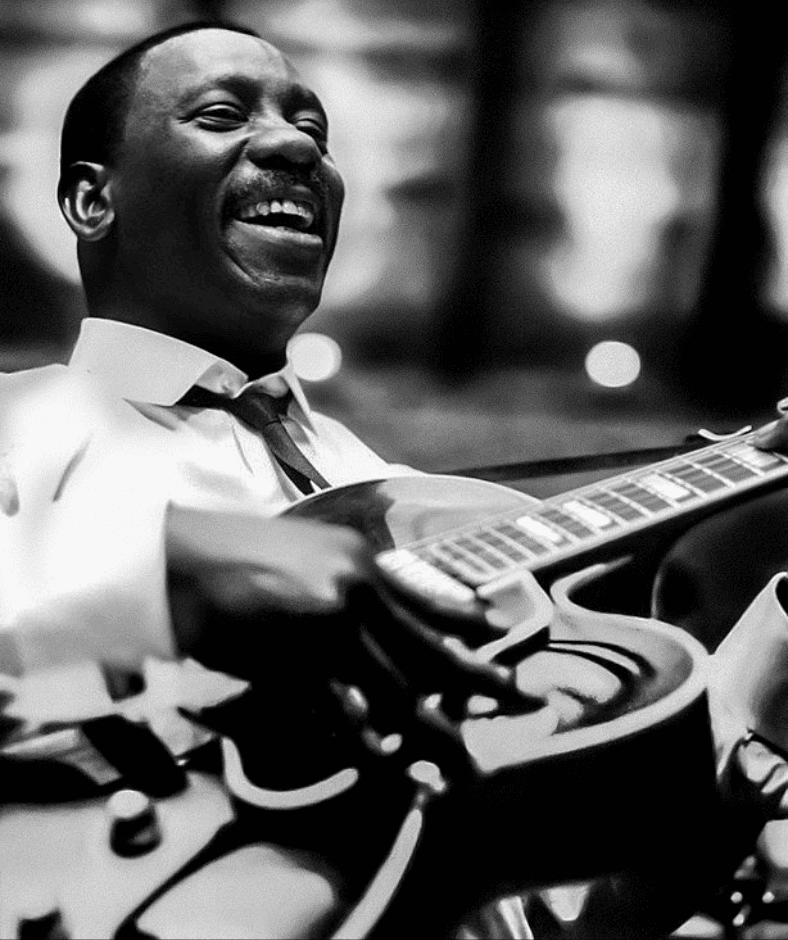
An exceptional guitarist known for producing warm melodies, Wes Montgomery is considered highly influential in the world of jazz. While he was recognized for his talent during the 1960s, his commercial success was initially limited. He began adding pop elements to his albums, forgoing some of the adornments more classically associated with jazz, causing him to become an integral part of the development and rise of smooth jazz.
George Benson
George Benson is largely considered a crossover jazz artist and is an exceptional guitar player. He easily weaves between smooth jazz, straight-ahead jazz, and R&B, typically creating a clear sense of flow that’s highly captivating. Plus, George Benson is adept at building, adding energy that isn’t always found in these softer genres. As a result, he stands apart from many other renowned smooth jazz musicians, essentially harnessing his unique take to keep listeners engaged.
Bob James
A skilled jazz keyboardist, producer, and arranger, smooth jazz isn’t where Bob James started. Instead, he played free jazz and other genres incorporating more improvisations and elements more classically associated with jazz. However, he gained renown when he shifted into the smooth jazz space, often including elements of classical music along the way.
Dave Koz
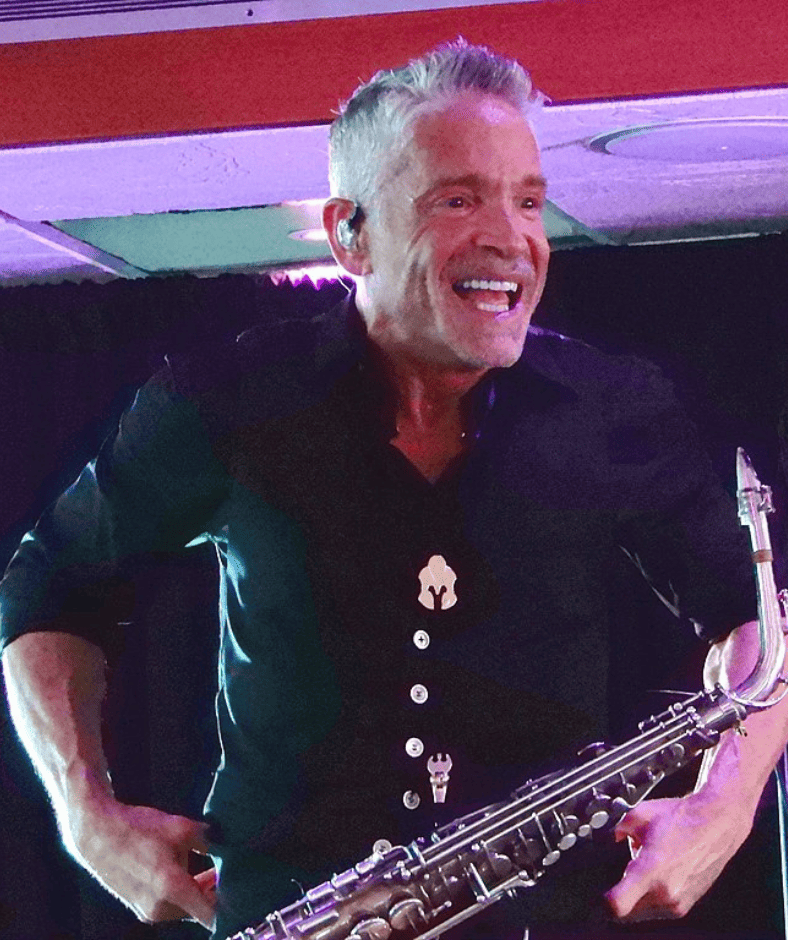
Dave Koz is a saxophonist, producer, and composer who later became a radio personality. Originally, he was a rock saxophonist, only shifting into smooth jazz in the late 1980s. His album Saxophonic is considered one of the best examples of his work in the smooth jazz genre, and it rose up the Billboard Jazz Album chart, reaching number two not long after its release.
Norman Brown
Norman Brown is a smooth jazz guitarist whose style of music is often described as romantic, with an inherent softness that feels welcoming. Generally, his music falls between smooth jazz and R&B, making it easy to enjoy and highly accessible. His 1992 album Just Between Us is a must-listen, representing his rise in the world of contemporary jazz.
Boney James
Boney James is a saxophonist whose music generally sits between R&B and more pop-friendly jazz subgenres, including smooth jazz. He was heavily influenced by jazz musician Grover Washington, Jr., but he also explored other approaches. In more recent times, he incorporated different sounds – including Latin music and hip hop – into his songs while maintaining a feeling that aligns strongly with smooth jazz.
Kenny G

Generally, Kenny G is considered the personification of smooth jazz, often being the first name that comes to many people’s minds when they think of the genre. The highly skilled composer, saxophonist, and music producer is one of the best-selling of all smooth jazz artists, rising to prominence in the 1980s with the release of albums like G Force, Duotones, and Classics in the Key of G. Kenny G has the ability to effortlessly improvise and deliver captivating performances has solidified his status as a prominent figure in the realm of smooth jazz. In 1997 during a live performance, Kenny G broke the world record when he held an E-Flat for 45 minutes and 47 seconds.
Frank Zappa
Frank Zappa is, in a word, eclectic. His highly experimental approach to music often fuses a wide array of genres, including rock, classical, and jazz. There’s a richness to his music, but it does require an open mind to enjoy some of his creations. He’s known for the unexpected – even when a song is softer – so it doesn’t resonate with everyone. Some believe that Frank Zappa speaks a musical language that defies definition, but his willingness to explore makes his various tracks such a unique experience.




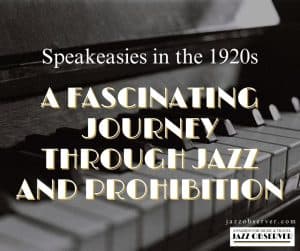
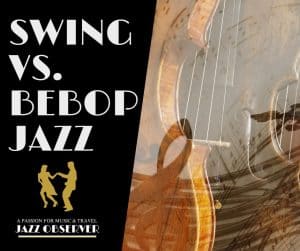
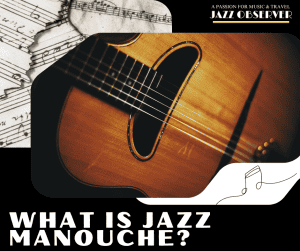
Comments
Listening to Smoothjazz.com Global Radio. Lots of good stuff!
Hi
I’m working on a thesis for the grade of Musical Producer in the Universidad Academia de Humanismo Cristiano here in Chile. My approach is to investigate about Sade’s musical production in her firsts albums, in the context of the genres the band developed while including historical aspects of the releasing albums era as technological improvements and social contexts.
In this framework I reached this article that I found interesting to read.
This been said, I want to ask, where do you situate Sade’s firsts albums in the smooth jazz genre context? Do you consider Sade a smooth jazz artist? Why? Do you know something about their music production valuable to know in the context of smooth jazz music?
Beforehand thank you for your response and for your article!